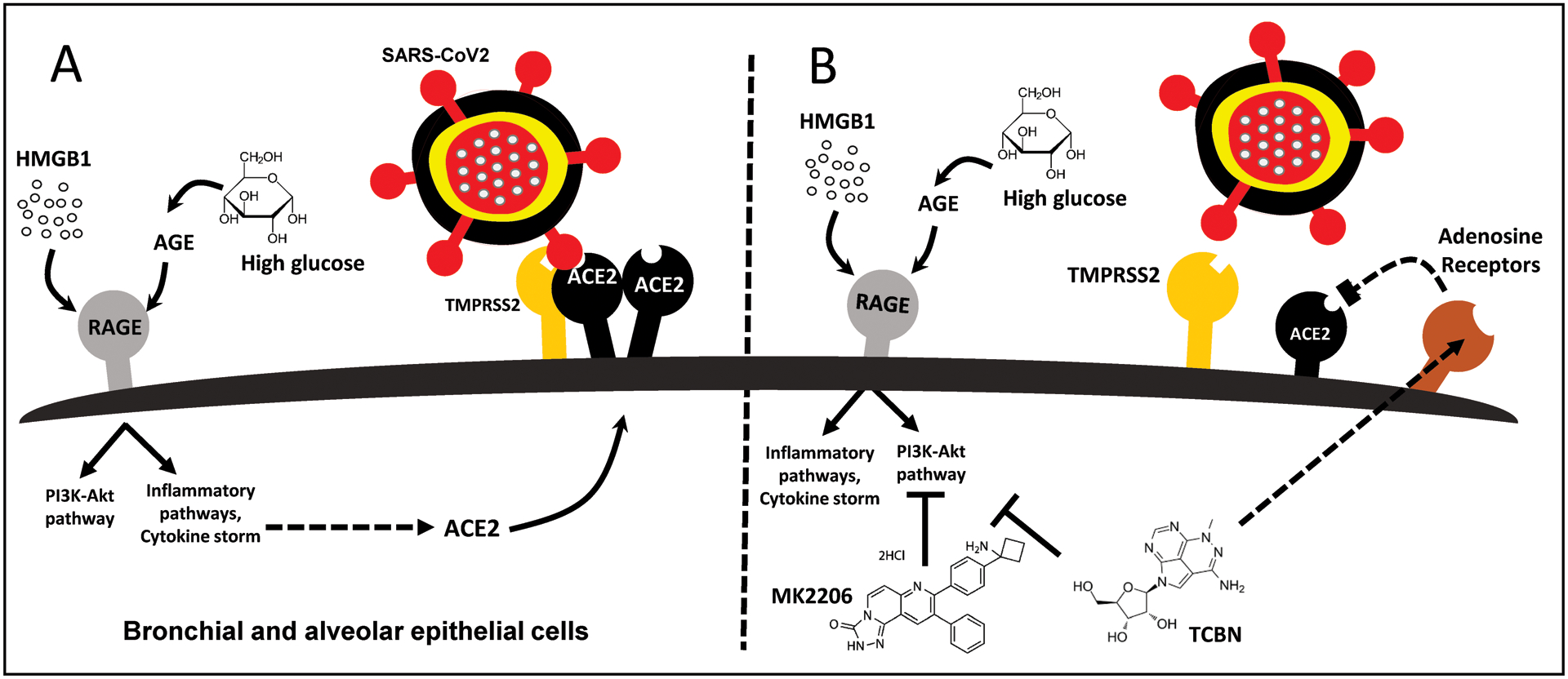Figure 5. Schematic representation of the potential effects of HMGB1, hyperglycemia, and TCBN on ACE2 expression and SARS-CoV2 binding to lung epithelial cells.

(A) HMGB1 or high glucose-induced AGE (advanced glycation end-products) promotes the expression of ACE2 receptors thereby increasing the risk of SARS-CoV-2 interaction with the lung epithelial cell surface ACE2 leading to their internalization and infection. (B) Whereas Akt inhibitor MK-2206 does not affect the expression of ACE2 receptors, treatment with TCBN blunts HMGB1 and hyperglycemia-induced ACE2 expression in lung epithelial cells potentially in an Akt-independent but adenosine-receptor dependent mechanism.
